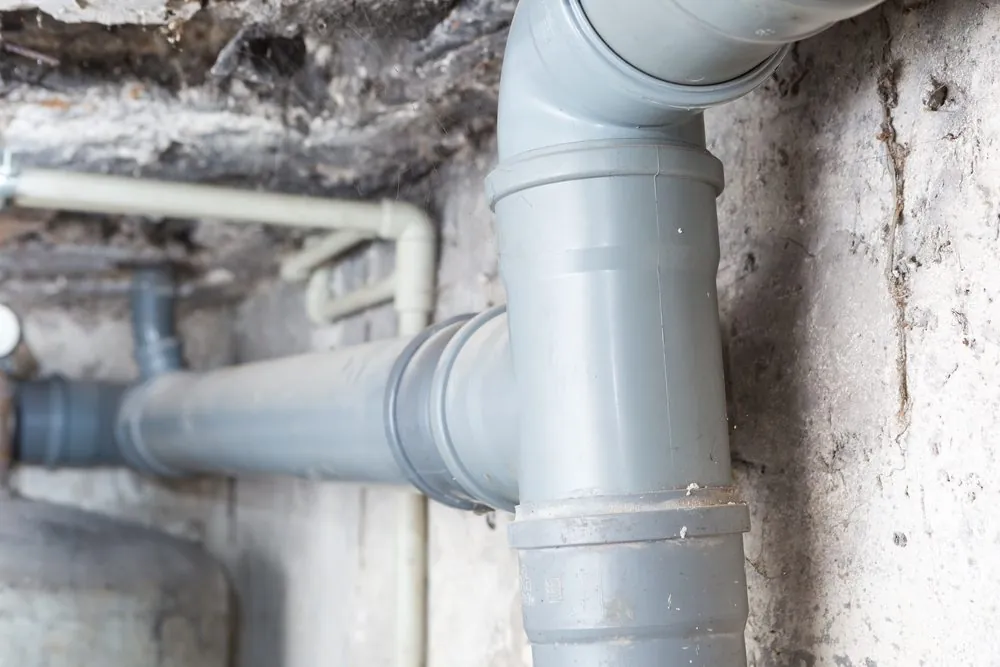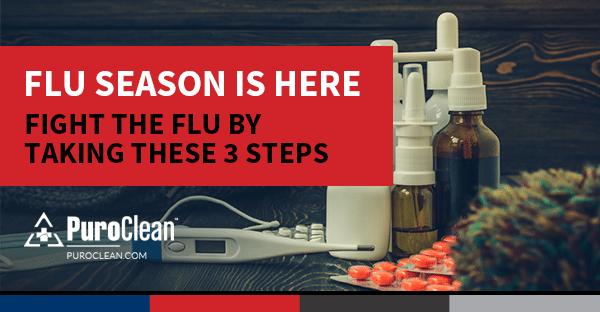When your home ends up soaked, your first instinct is probably to fix the mess—not split hairs over what kind of water caused it. But when it comes to insurance claims and cleanup procedures, understanding the distinction between water damage and flood damage is critical.
Although they may seem interchangeable, they’re treated very differently by insurers, and misunderstanding the difference could cost you a lot of money.
Let’s break it down.
Understanding Water Damage
Water damage generally refers to issues caused by water inside your home or building. These incidents usually involve internal systems or appliances, and they tend to happen suddenly and unexpectedly. Some common examples include:
- A burst pipe in the winter
- An overflowing toilet or sink
- A leaking washing machine or dishwasher
- Roof leaks from a heavy rainstorm
- A cracked water heater
This kind of damage is typically covered by a standard homeowners insurance policy—as long as it wasn’t caused by neglect or long-term issues like mold or gradual leaks.
What Is Flood Damage?
Flood damage, on the other hand, occurs when water comes from outside your home and enters at ground level. FEMA (the Federal Emergency Management Agency) defines a flood as a temporary condition where normally dry land becomes inundated by water affecting two or more properties—or two or more acres.
Flood damage can result from:
- Overflowing rivers or streams
- Heavy rainfall causing streets or yards to flood
- Coastal storm surges
- Snowmelt or flash floods
This type of water intrusion is generally considered a natural disaster, and here’s the catch: It’s not covered by most homeowners insurance policies.
To be financially protected from flood events, you need a separate flood insurance policy—which many homeowners don’t realize until it’s too late.
Why This Difference Matters
The difference between water damage and flood damage isn’t just about definitions—it’s about who pays for the repairs.
If a pipe bursts in your basement, your homeowners policy may cover it. But if a flash flood fills your basement with muddy water, that’s a job for flood insurance—assuming you have it.
This is why it’s important to:
- Know what’s in your insurance policy
- Keep detailed records of the damage (photos, videos, receipts)
- Explain clearly to your insurer how the water entered your home
Mislabeling the cause of the water damage could lead to a denied claim or significant delays in processing.
Tips for Prevention
No one wants to deal with either kind of damage. While you can’t control the weather, there are steps you can take to lower your risk:
- Check plumbing and appliances regularly for leaks
- Keep gutters and downspouts clear
- Ensure your landscaping slopes away from your home’s foundation
- Install a sump pump if you’re in a low-lying area
- Look into flood insurance, especially if you’re in or near a designated floodplain
Call Puroclean Today
Water damage and flood damage may sound similar, but from an insurance standpoint, they’re worlds apart. Knowing the difference ahead of time can save you stress, money, and weeks of frustration.
If you’re ever unsure what type of damage you’re dealing with—or how your insurance applies—consult a local restoration expert and review your policy with your agent.
If you’re experiencing flood damage or water damage in your home, contact Puroclean Damage Restoration today.



 PuroClean Certified Restoration Specialists
PuroClean Certified Restoration Specialists